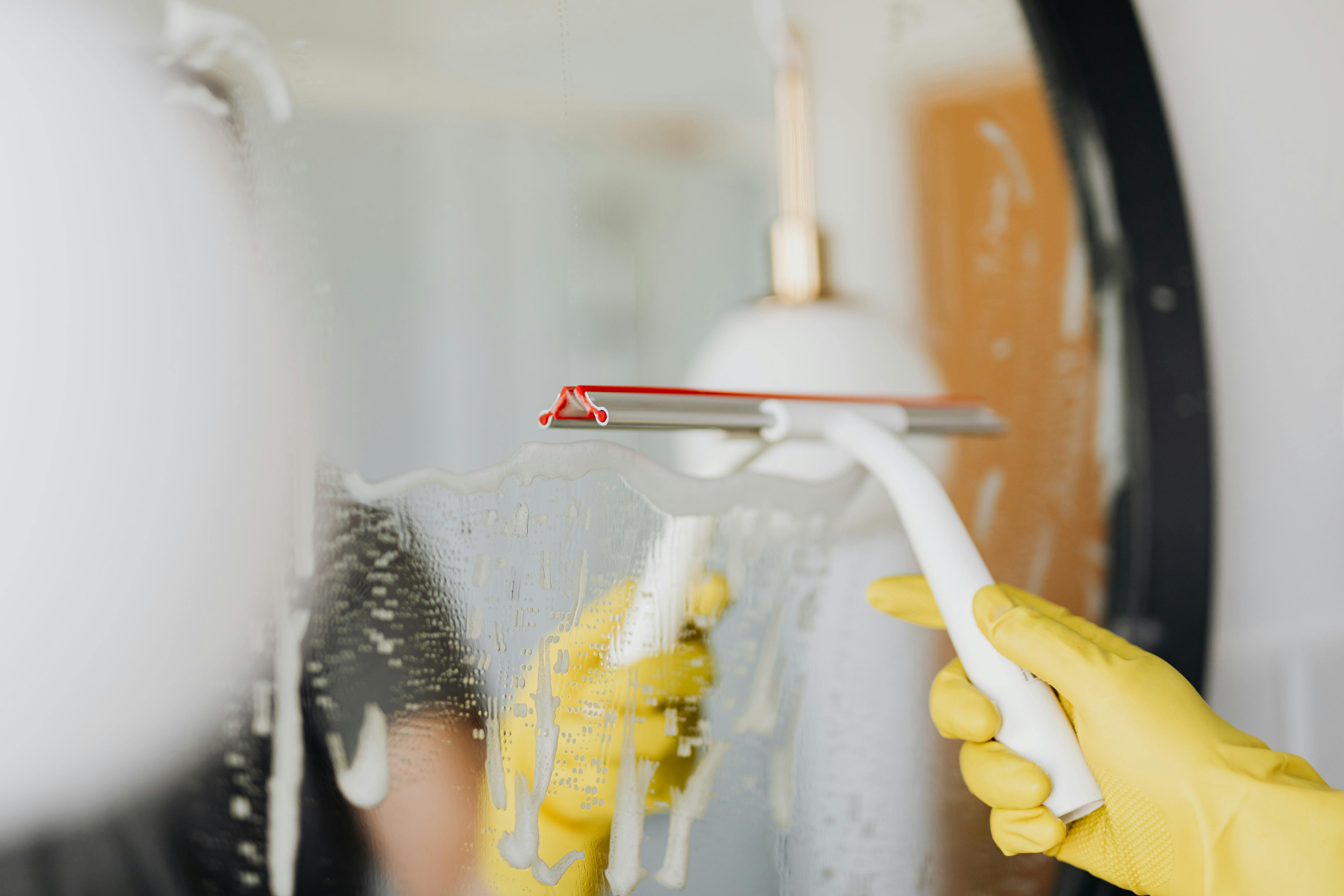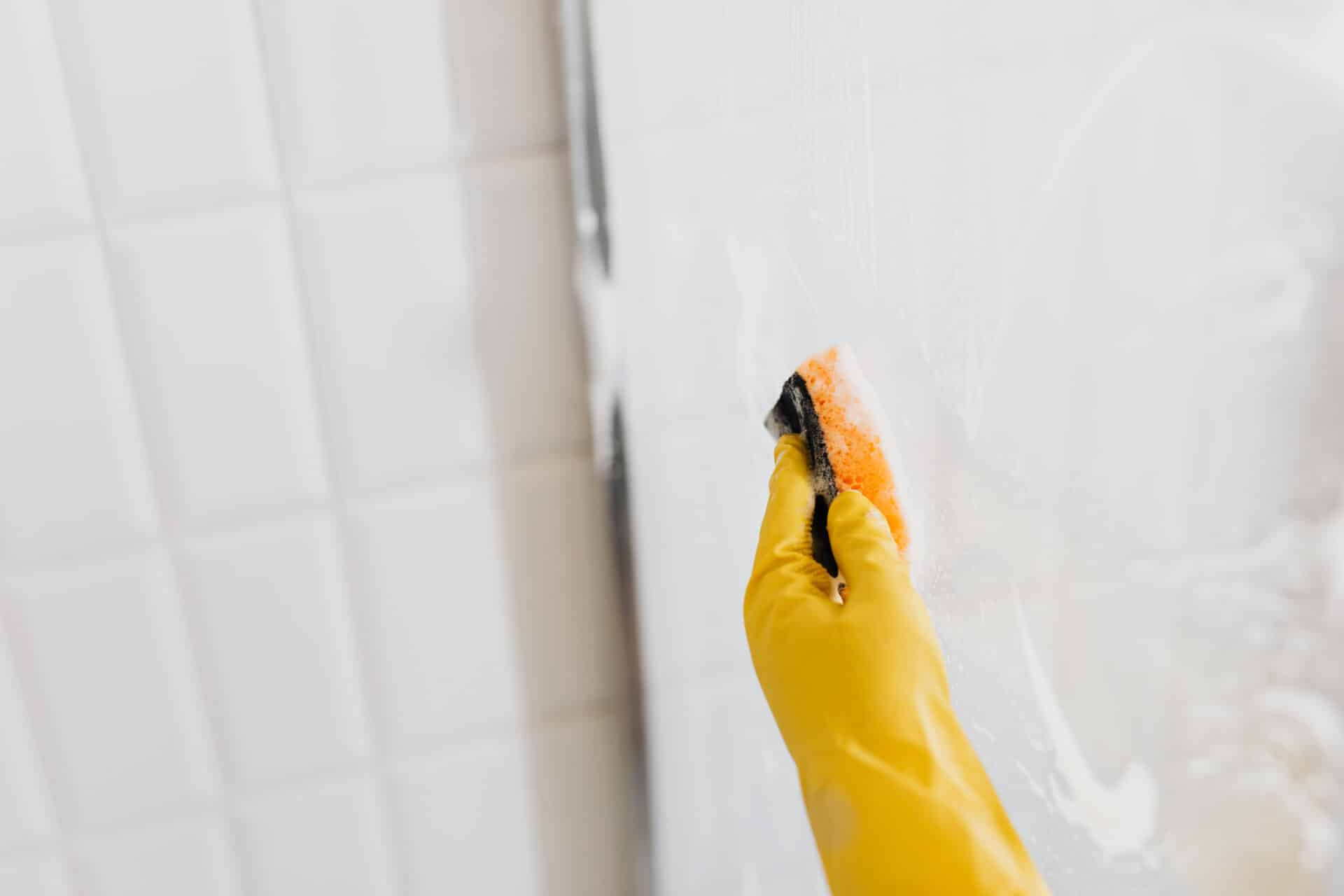Distillation is a process of purifying water by removing impurities. It involves boiling the water and then condensing the steam to form clean, pure water. Distillation is an effective way to remove many impurities from water, such as bacteria, minerals, and other dissolved solids. However, it does not remove all impurities from the water. While distillation can reduce the amount of impurities present in your drinking water, it cannot guarantee that all contaminants have been removed. Therefore, it is important to understand what types of contaminants are removed by distillation and which are not.Distillation is a process of separating the components or substances from a liquid mixture by using selective boiling and condensation. The process of distillation involves heating the mixture to its boiling point, collecting the vapor that is produced, and condensing it back into a liquid form. The components of the mixture have different boiling points, so they can be separated by collecting and cooling only certain fractions of the vapor.Distillation is a process used to separate and purify liquids based on their different boiling points. It is one of the oldest and most common methods of separation and purification.
How Does Distillation Work?
Distillation works by heating a liquid until it boils, then collecting the resulting vapor. The vapor contains the more volatile components of the liquid and can be cooled to form a purer liquid. This process can be repeated multiple times to increase the purity of the resulting product.
The boiling point of each liquid component determines how it will be separated during distillation. For example, ethanol has a boiling point of 78°C while water has a boiling point of 100°C. When heated, the ethanol will boil off before the water does, allowing it to be collected separately from the water.
The first step in a distillation process is to heat the mixture until it begins to boil. This will cause some components to evaporate more quickly than others due to their lower boiling points. The vapors are then cooled inside a condenser and collected in an appropriate container for further processing or reuse.
The next step is fractional distillation, which
Impurities Removed by Distillation
Distillation is a process of separating components of a mixture based on their different boiling points. This process is commonly used to purify liquids, such as water and alcohol, but can also be used to separate gases. During distillation, impurities with higher boiling points remain in the liquid while those with lower boiling points are removed in the form of vapor. The type of impurities that can be removed through distillation depends on the material being distilled, but typically the contaminants removed include organic compounds, heavy metals, salts, and other suspended solids.
Organic compounds are molecules that contain carbon and hydrogen atoms. These compounds are often found in water sources and can cause health issues if consumed in large quantities. Examples of organic compounds that can be removed through distillation include benzene, xylene, toluene, and chloroform. Heavy metals such as arsenic, lead, mercury, and chromium can also be removed during distillation since their boiling points are much higher than those of other components in the mixture.
In addition to organic compounds and heavy metals, salts are also separated
Impurities Cannot Be Removed by Distillation
Distillation is a process used to separate components of a mixture based on their boiling points. While this process is often used for purifying liquids, some impurities cannot be removed by this method. Non-volatile impurities, such as solids, will not evaporate and thus remain in the mixture. Additionally, some volatile compounds may have similar boiling points to other compounds in the mixture and thus be difficult or impossible to separate with distillation. In addition, non-ideal behavior of the components of the mixture can make it difficult to obtain a pure product. In many cases, additional purification techniques must be employed to remove these impurities.
In some cases, distillation may help reduce the concentration of certain compounds in a mixture. For example, in an azeotropic mixtures which contains two or more components that form a constant boiling point solution at all concentrations, distillation may reduce one component while increasing the concentration of another component in the solution. This can be used to help concentrate or remove certain components from the mixture. However, even with these techniques it is still not possible to completely remove all impurities
How Is Water Purified Using Distillation?
Distillation is a common method used to purify water. It involves boiling the water, collecting the steam and then cooling it back down to form purified water. By boiling the water, any pathogens, bacteria or other contaminants are destroyed. The steam is then collected and cooled back down in a distillation apparatus to form purified water. This method is commonly used in medical facilities, as well as for drinking water and industrial uses.
The process of distillation works by taking advantage of the differences in boiling points of different substances. When heated, each substance boils at it’s own unique temperature, allowing for it to be collected separately from other substances. For example, when water is boiled, it will boil at a higher temperature than most impurities present in the water. Therefore, when the steam from the boiling water is collected and cooled back down, only pure H2O remains.
Distillation can also be used to separate different compounds from each other as well as from contaminants in a solution. For example, if a solution contains two organic compounds with different boiling points (

Advantages of Water Distillation
Water distillation is a process of purifying and filtering water by boiling it, then collecting the resulting condensation. This method of purifying water has been around for centuries and is still used today in many applications. The advantages of distilling water include removing toxins, contaminants, and other impurities from the source water. It also reduces the amount of minerals that can be found in drinking water, making it healthier and tastier. Additionally, it can be used to make distilled spirits such as vodka or whiskey without adding any artificial flavors or preservatives.
Another advantage of using water distillation is that it can remove bacteria, viruses, and other microorganisms from the source water. This makes it safer to drink without having to worry about potential health risks. Additionally, distilled water tastes much better than tap or spring water since all harmful elements have been removed from it. The process also eliminates odors and colors that may be present in untreated sources of drinking water.
Finally, distilling water is an environmentally friendly way of purifying your drinking source since no chemicals are added to the process. It also requires less energy
What Are the Disadvantages of Water Distillation?
Water distillation is a process that has been used for centuries to purify water. However, there are some drawbacks to this method of purification. First, distillation is relatively slow compared to other methods of water purification such as filtration. Additionally, it requires energy to boil the water and capture the steam, which can make it costly in areas where energy is limited or expensive. Also, some minerals that may be beneficial to human health can be lost during the distillation process. Furthermore, some volatile chemicals such as pesticides and herbicides are not removed from the water during the distillation process. Finally, water distilled from saltwater sources must be treated before it is safe for human consumption due to high levels of sodium and other minerals that remain in the distilled water.
Overall, while water distillation is a reliable method of purifying water, it has several potential disadvantages including cost and speed of production as well as potential loss of beneficial minerals and inability to remove certain volatile chemicals.
How Efficient Is Water Distillation in Removing Impurities?
Water distillation is a highly efficient process for removing impurities from water. It is a simple process that involves heating water to its boiling point and then capturing the resulting vapor, which is then condensed into pure, clean water. This process works because impurities have a higher boiling point than pure water and remain in the liquid form while the vapor escapes. As a result, the vapor that is condensed contains only pure water and no contaminants or pollutants.
The efficiency of distillation as a purification method depends on several factors, such as the type and concentration of impurities present in the original water sample, the temperature of the distillation process, and even the method used to capture and condense the vapor. Generally speaking, water distillation is one of the most effective methods for removing both organic and inorganic contaminants from drinking water supplies.
In addition to its effectiveness in removing contaminants from drinking water supplies, water distillation can also be used to remove salts and other minerals from a variety of industrial wastewater streams. This process has become increasingly popular over time due to its cost-effectiveness compared to other

Conclusion
Distillation is an effective way to remove impurities from water. It is simple, cost-effective, and can be used on a large scale. The process works by boiling water to evaporate it, and then condensing the vapor back into liquid form. This process leaves behind the majority of dissolved solids and other contaminants. While distillation is an effective way to purify water, it isn’t always perfect. It will not remove certain volatile organic compounds or heavy metals that are present in the water. For this reason, it is important to use other methods of purification as well if you need to treat your water for these types of contaminants.
In conclusion, distillation can be an effective way to purify water if used in combination with other treatments. It is important to understand what it can and cannot do so that you can make sure your water is as clean and safe as possible before drinking it.

